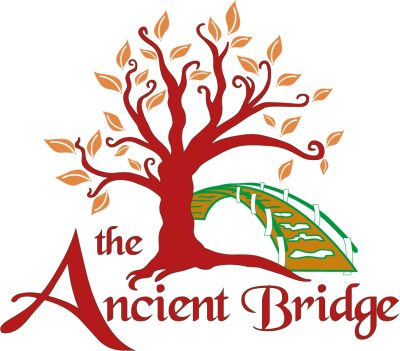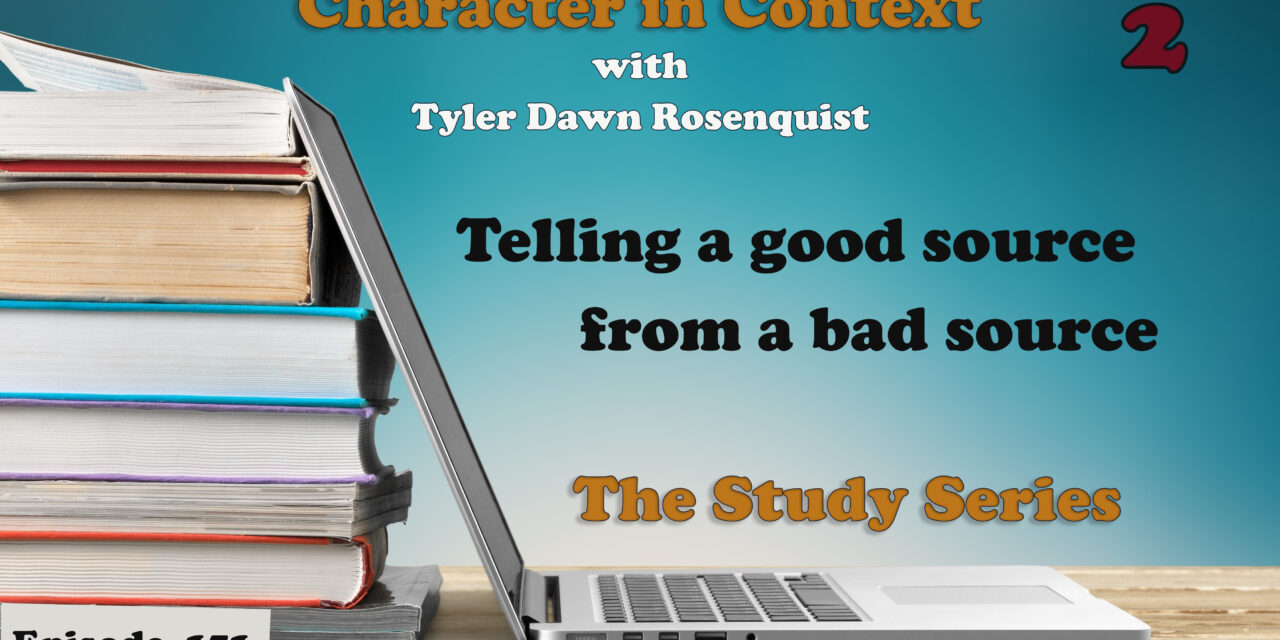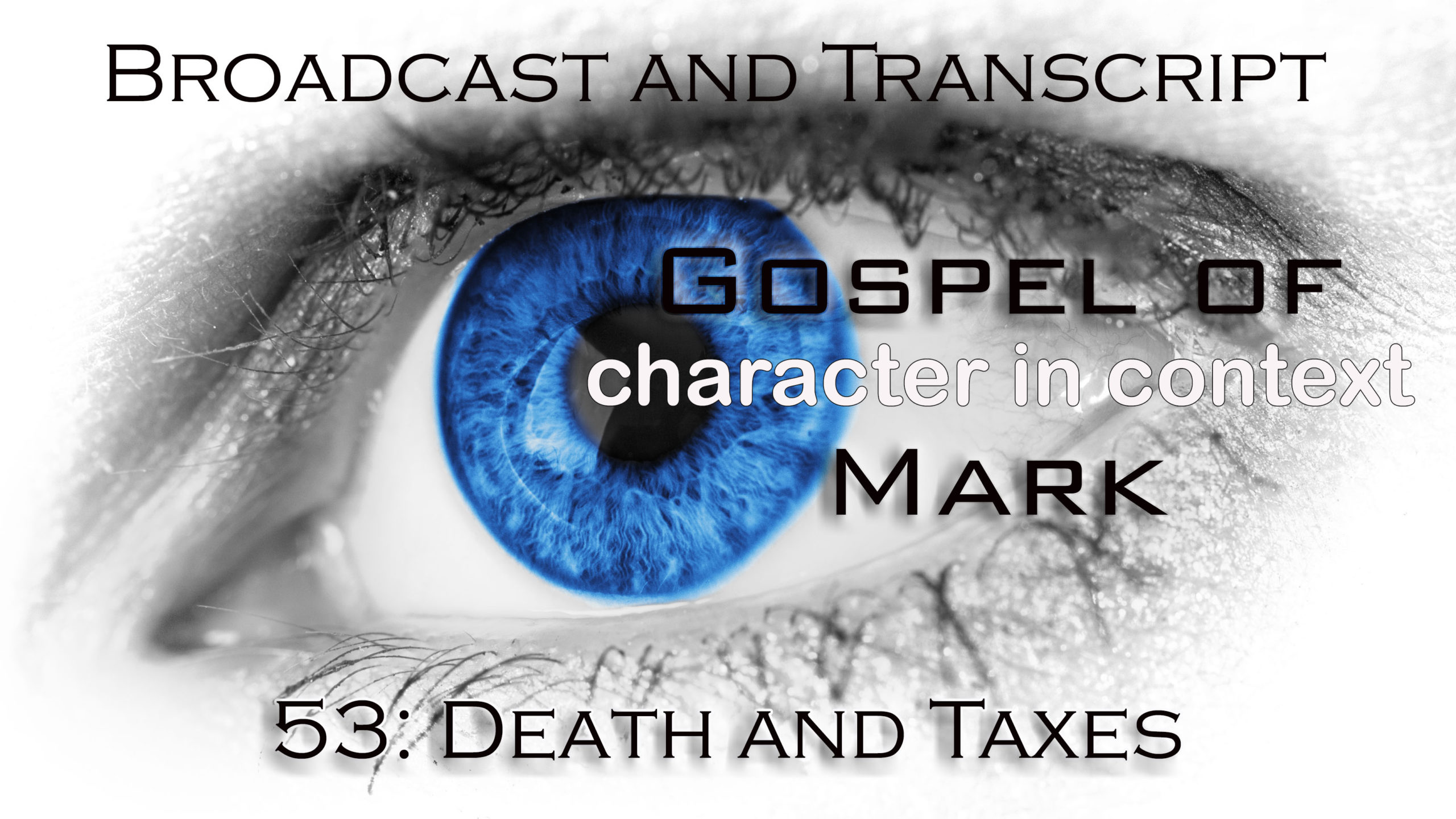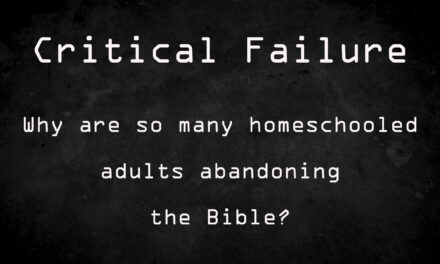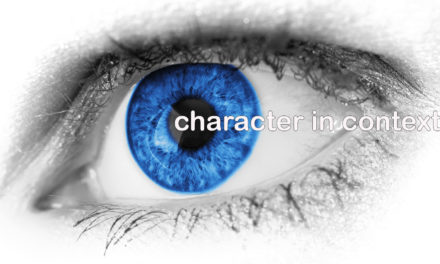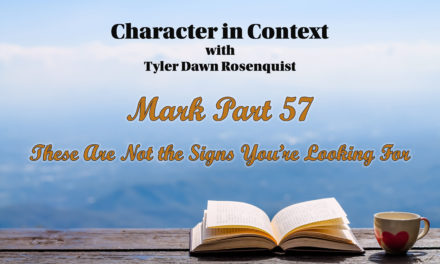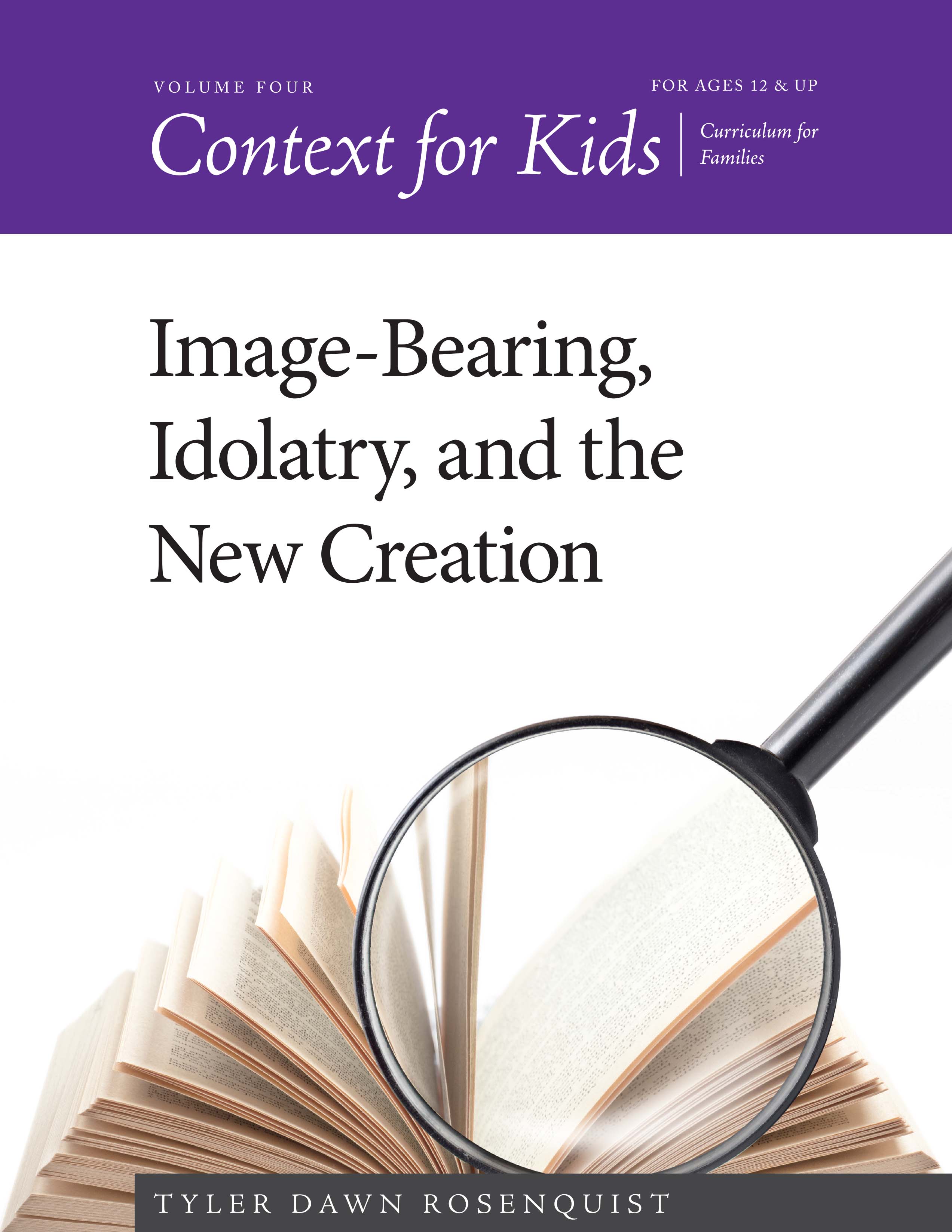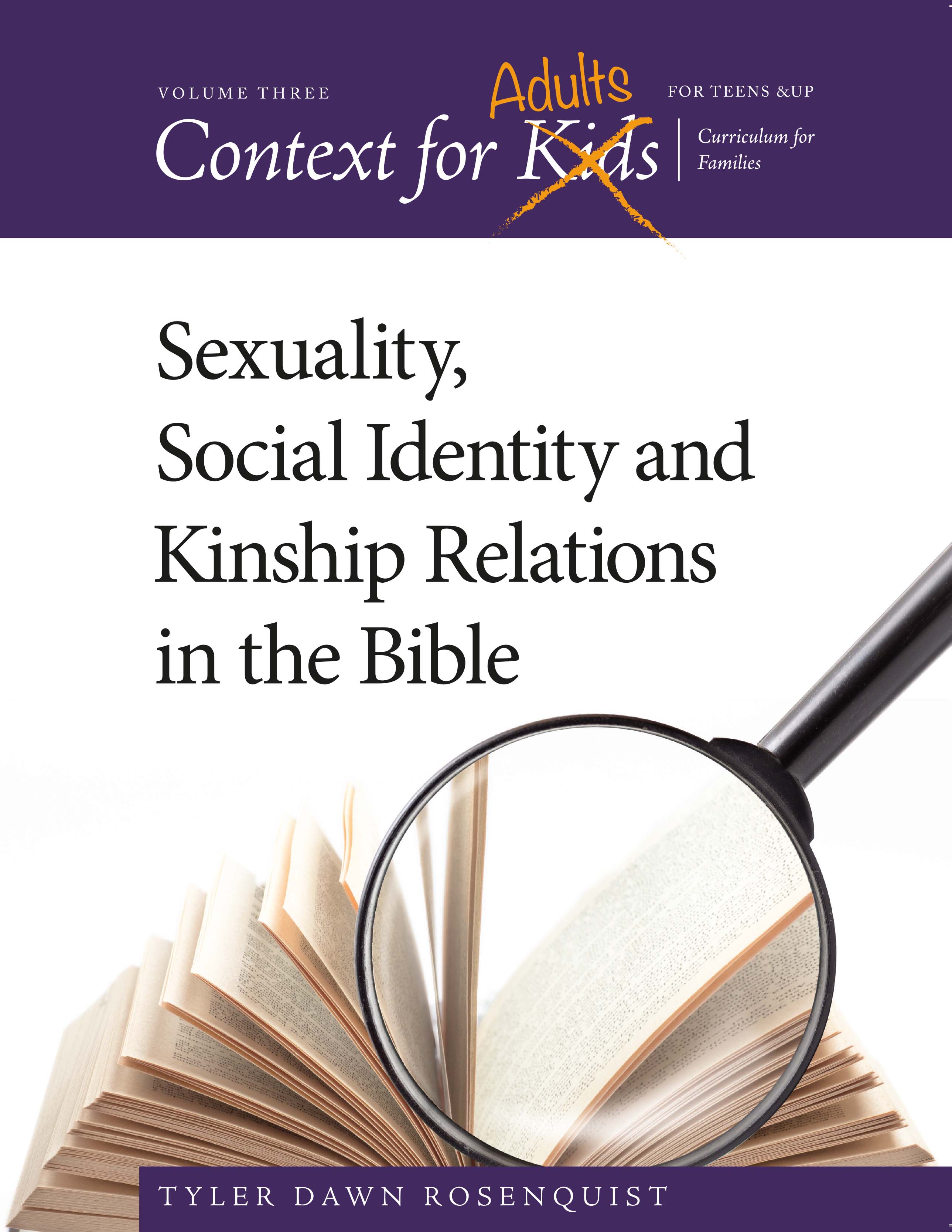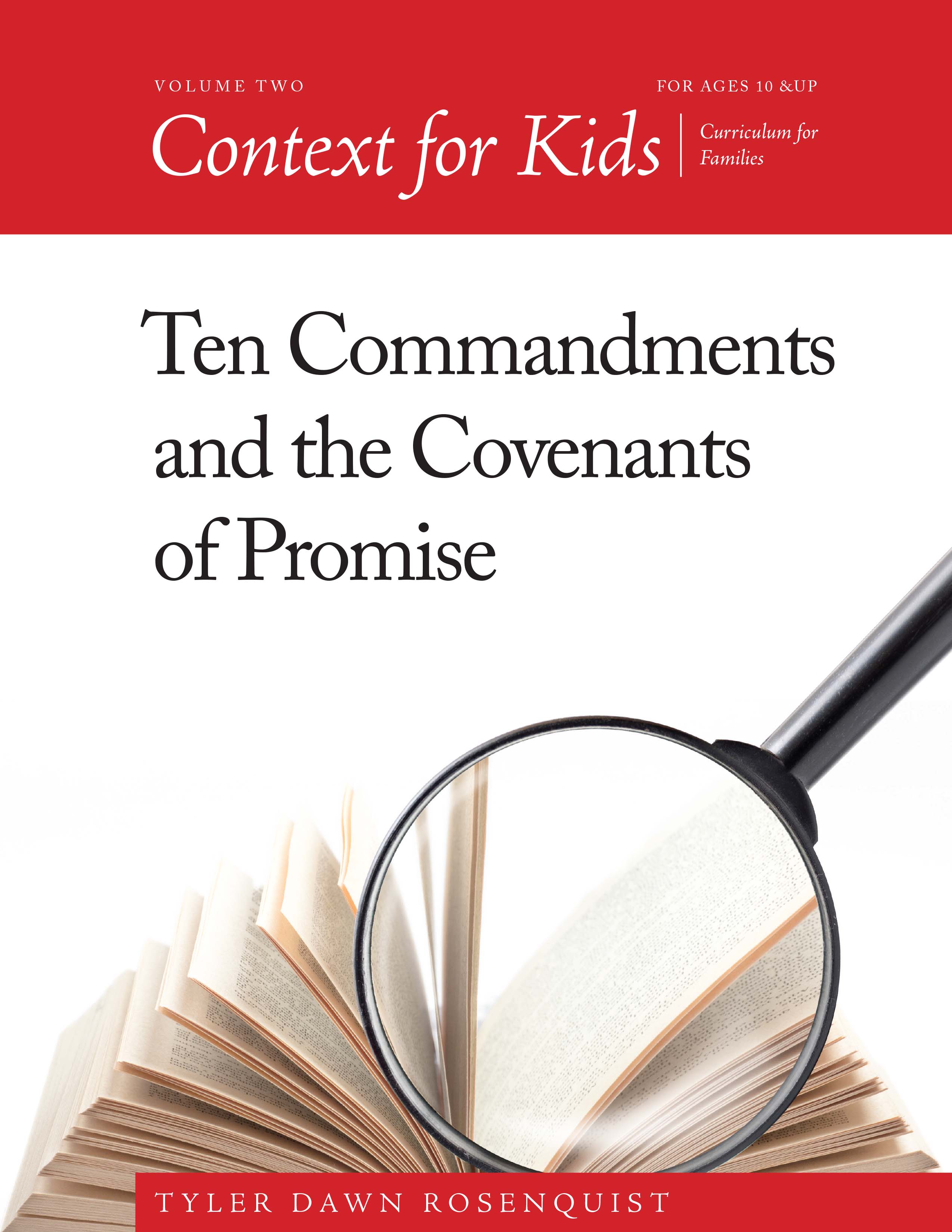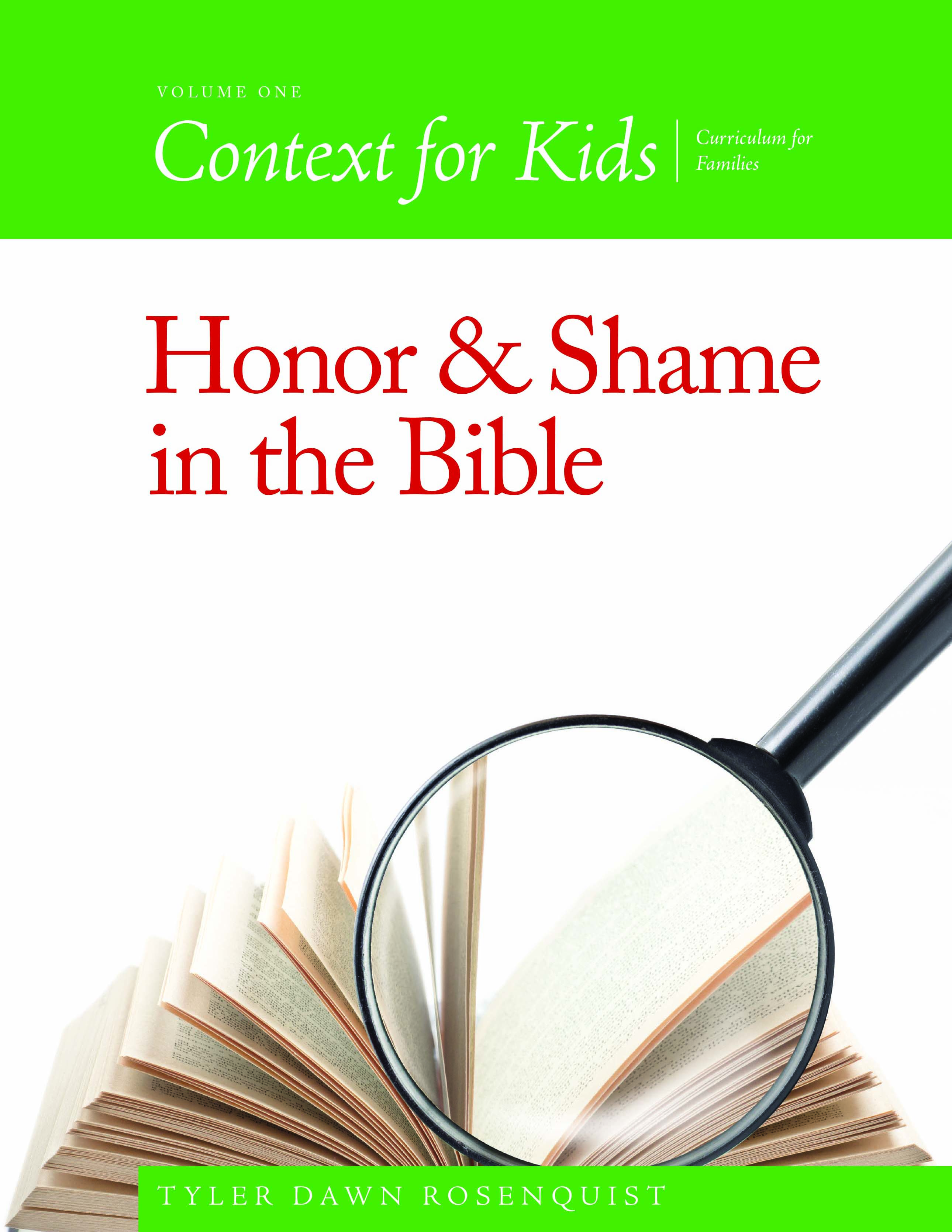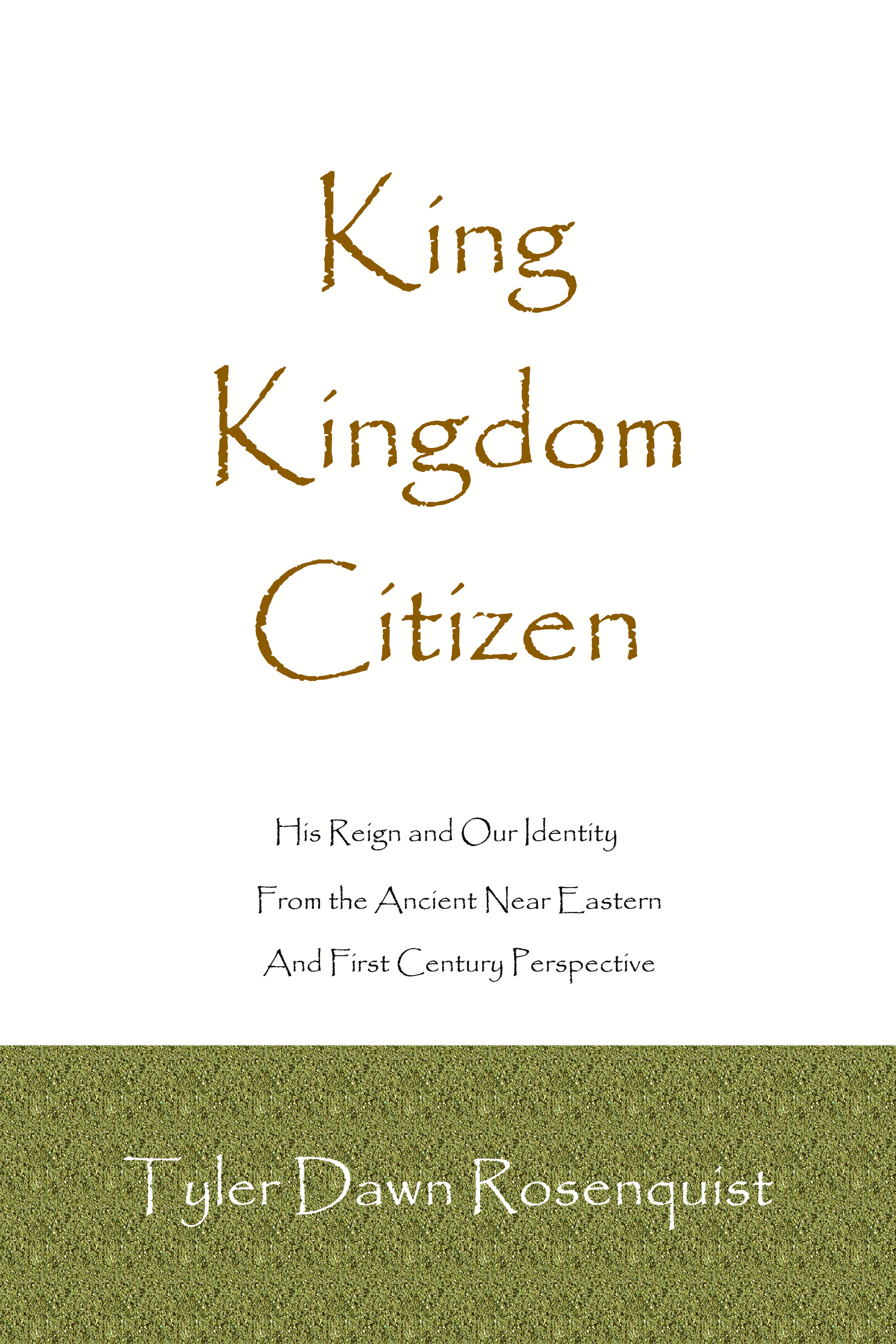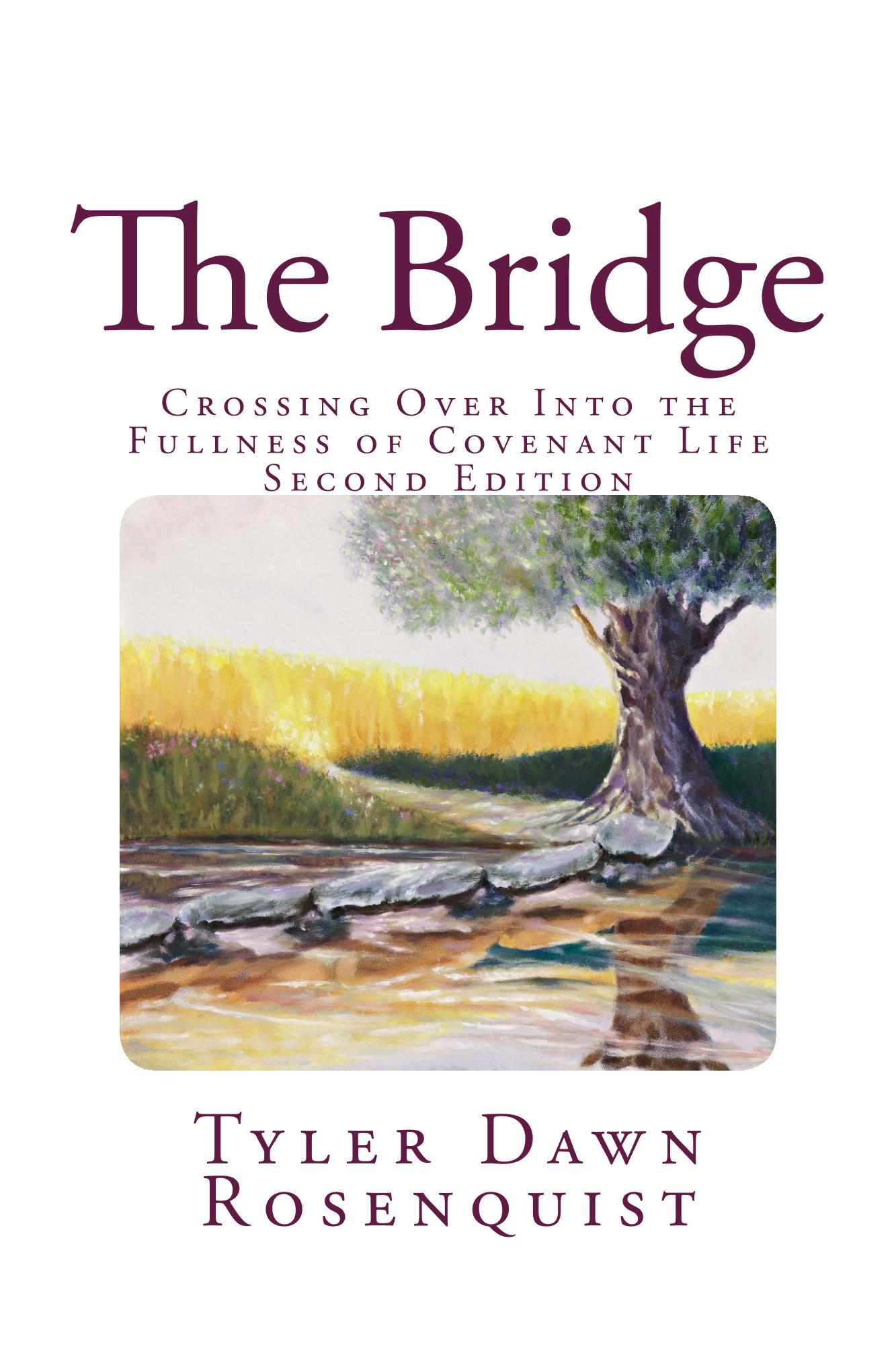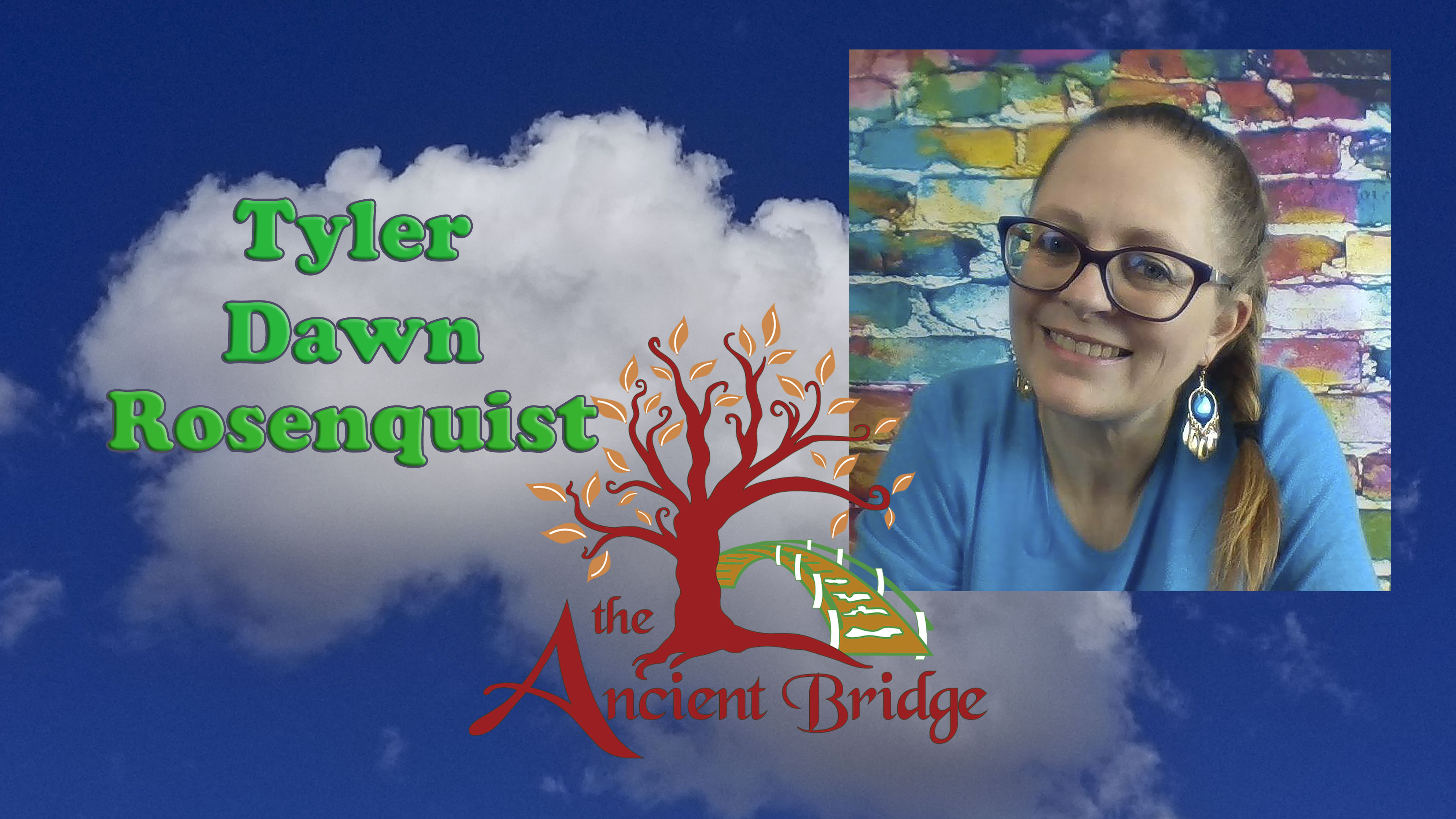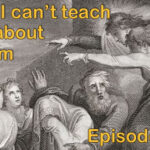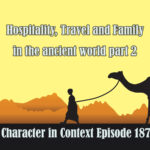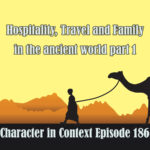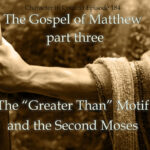Last week I talked about the red flags to avoid while building a library and I even named names on some of the worst of the resources. This week, I am going to share not only how to build a terrific library but also the difference between primary, secondary and tertiary resources. I will also be posting my resource list for this series in a separate blog that I will link as soon as I get done putting it together. No secrets or mysteries here.
(My affiliate links for Amazon products are included in the post. As an Amazon Associate, I earn from qualifying purchases.)
If you can’t see the podcast player, click here.
Hi, I am Tyler Dawn Rosenquist and welcome to Character in Context, where I usually teach the historical and ancient sociological context of Scripture with an eye to developing the character of the Messiah. But not right now, right now I am doing a series about how to not waste your time with bad study practices, bad resources, and just the general confusion that I faced when I started studying the Bible and was trying to figure out what to do and whose books I should read. Bottom line, I read a lot of nonsense and spent a ton of money on it. I am going to give you some basics on how to avoid a lot of the pitfalls, save money, maximize your time and effort, and get the most out of what you are doing.
Master book list for this series can be found here and I will add to it as needed. This transcript also contains affiliate links.
Last week we talked about what makes a source just nothing you want to waste time, brain cells, or money on so this week we are going to begin talking about how to put together a really great library—and to save money while doing it, hopefully. The first thing I want to cover is source material and the difference between primary, secondary, and tertiary sources. A primary source is something original, okay? Excavate the Temple of Ishtar in Nineveh, find a trove of cuneiform tablets, translate them and write a book about them. So, the Temple and all its measurements, maps, and data and the tablets are all primary sources. A primary source is raw information or as close as you can get to it. They are essentially ground zero for learning about how Ishtar was worshiped (and btw, the analysis didn’t do Alexander Hislop any favors, lemme tell you) and about general Temple operations, what the Temple purchased, what they stored there, what they used, etc. That’s why it is called a primary source. The buck stops there, and then it gets translated and analyzed and studied.
A secondary source is much different. If the cuneiform tablets are the primary source, the translation of the tablet is a secondary source. It isn’t identical to the original, because words and concepts had to be transferred from one language to another and sometimes, we won’t have any idea (even with context) or what a particular word means. I mean, it happens with Biblical Hebrew as well with terms like mazzarot where there is no certainty of knowing the meaning. The primary source material is somehow altered from the original state—through analysis, translation, transliteration, or interpretation. Analysis would be like a scholarly paper looking at how an ancient document compares to others or about the words used or the genre—is it a receipt or is it mythology? Translation is taking something from the original language and doing the best job you can to honestly put it into the words and concepts of an entirely different language and culture, and it is an incredibly difficult thing to do. Transliteration is taking words from a language with a unique alphabet, and using a second alphabet to try and recreate the same sounds. That’s actually how we went from the Hebrew Yeshua to the Greek Iesouos to the Latin Iesus to Jesus. There is no “y” sound in Greek, or the “sh” either, and men’s names couldn’t end with an alpha but needed to have a sigma instead. It makes my head spin thinking about what these guys had to come up with—and now the poor guys get called pagans for it! Interpretation is what happens when we take the primary material and decide what it means. For example, if we are sitting on a trove of tablets and most of them order one sheep plus some wine and fine ground wheat, but then you find one where they order like a hundred sheep and a butt load of wine (stop laughing, that’s a real word meaning 384 gallons), you might interpret the difference as meaning that there was either a festival day or coronation taking place at the Temple.
Of course, right now you are saying—“hey wait a minute, are you saying my English language Bible isn’t a primary source but a secondary source?” Yes I am, and more than that, not only are our English Bibles translations but the translators also have to interpret the original material as well. They have to decide what words are best to use, and that takes a whole lot of understanding about the whole Bible and about the ancient world too. The only exception to this would be if the original authors would do the translations themselves and then they could say just exactly what they wanted to say. But, you know, they’re all dead so tough luck. This can even make people really angry but the KJV NT wasn’t even translated from primary sources. They never used original manuscripts or even copies of original manuscripts. Here’s a quote from (affiliate link) Michael Bird’s Seven Things I Wish Christians Knew About The Bible:
“The New Testament of the KJV was based on a translation of the Greek New Testament text compiled by Theodore Beza (1598), which was based on the edition of Stephanus (1551), which was based on the third edition of Erasmus’s Novum Testamentum (this is the so-called Textus Receptus or “Received Text”). Yet as more manuscripts began to be uncovered by intrepid travelers to the libraries and monasteries of the East during the next three centuries, these manuscripts were used in creating new critical editions of the Greek New Testament, which greatly improved the likelihood of recovering a text closer to the original autographs.” (pg 31)
So, the KJV NT wasn’t an original translation. And it was based on manuscripts that were actually written closer to our times, during the 12th century, than the time of Yeshua/Jesus. Fortunately, when older and older manuscripts popped up, scholars could get closer and closer to that the original documents might have looked like and our translations can get more and more accurate. To sum up, many manuscripts are better than the seven that the KJV were based on. And by many, I mean almost 6000 Greek, 10,000 Latin, and over 9,000 manuscripts in other languages. All of these sources together give us a better picture of what the original documents would have looked like, before spelling mistakes, missed words, scribal notes accidentally included as text in subsequent copies, etc. I am not bringing this up to destroy faith or to kill the KJV, but to let you know that when people are talking about good vs bad translations, it is more complicated than they generally let on. Very few Bibles are actually so bad that I would dissuade you from buying one—exceptions are the Queen James Bible, and Hebrew Roots knock offs, some of which contain medieval midrash masquerading as Scripture, plagiarize legitimate translations by simply substituting in sacred names, or were put together by those who didn’t know a shred of Hebrew or Greek and simply opened up Strong’s Concordance and “prayed about it.” If you want an educated take on the different translations, my friend James has a YouTube channel where he reviews them based on content. I am not going to reinvent the wheel but I will put a link to the podcast description when I post this.
So, we have all of these ancient manuscripts but what we don’t have, and this is true for the Hebrew Bible as well, are autographs. And no, I am not talking about walking up to Jason Momoa and getting him to sign your cast after you tried that stunt from Aquaman. An autograph is what we call the absolute original document in the writers own handwriting. THE original letter to the seven churches of Asia Minor. THE original letter to Corinth. THE very letter that was written to the believers in Rome telling them about how Yeshua was the Yahweh-Warrior of Isaiah. You get the idea. Likely, those were read until they became so fragile and smudged that they needed to be reproduced by scribes, and those copies were reproduced, etc. etc. But the very first one would be an autograph, any copies would just be called generic manuscripts or fragments (parts of a manuscript that are broken). If you have been listening to my series on the Gospel of Mark, in the very last episode I talk about how there are actually four different endings to the Gospel of Mark. FOUR DIFFERENT ENDINGS. And not just spelling mistakes and stuff, I mean different content. Some short and some long. The oldest and best manuscripts end at Mark 16:8 but later ones even have believers drinking poison and handling snakes. Obviously, something went wrong but no one knows what happened.
By gathering so many sources together, we can make timelines and come up with ideas and answers about when changes were made and where and sometimes even why. It helps scholars to figure out what is original and what is a mistake. The study of this is called textual criticism. Of course, if all you have is one manuscript, you pretty much can’t do that. Because the KJV only worked with seven NT manuscripts, there isn’t enough information to be sure about what is and isn’t right. And because they were all written during the 12th and 15th centuries, it means they didn’t know for sure what the text looked like earlier than that. So, textual criticism is important but it can also send you off your rocker into a panic if you aren’t careful. Totally not something for you to worry about but it absolutely is very important to understand how we got the Bibles we have today—my friend Matt Nappier, who is a PhD candidate in OT studies, has been teaching a great series which I will link in the transcript and on the podcast site.
There is one more source, and that is a tertiary source. A tertiary source is like Wikipedia. Wikipedia can be edited by anyone and so can’t be used as a primary or secondary source like something official, like a textbook, can. But, what Wikipedia does is list primary and secondary sources in its bibliography section that you can then check out and read and then you can cite those books. That isn’t to say that all Wikipedia pages are nonsense, just that they cannot be relied on as a legitimate source because there is no real accountability or peer review built into the publishing process. If you are ever reading a book that is super informative, you will want to check out the Bibliography to find out where the author got their information and then you can decide if you want to read some of those books. That’s actually a great way to learn about who is and who is not an expert in their field.
What will the best books have in common, the ones you should spend your money on? One, they will have a great Bibliography—if they don’t then where on earth are they getting their information from? Are their facts even facts at all? Are they making stuff up? You just won’t know for sure if the back of the book is nothing but blank pages! Two, they will be written by someone who is an expert in the field. For example, if someone were to ask me if they should listen to Craig Keener, David deSilva, or GK Beale I would say, “Absolutely!” But if someone told me that they had written books about Joshua or I Samuel, I would be a bit hesitant. Not because I don’t respect them a lot but because I know that they know their stuff when it comes to the Greco-Roman context of the Gospels and epistles. If I was going to spend money on a book about Genesis, I would be far more likely to read something written by John Walton, Tremper Longman, or John Sailhamer. Not because they are better scholars but because that is their focus. It isn’t enough to have a PhD. To write a textbook or a commentary, you need to be an expert not just in the Bible but in that part of the Bible specifically. No one can be an expert in absolutely everything, there’s just too much there.
Three, if the book is scholarly (by that I mean as opposed to something more theological), then there are going to be a heck ton of footnotes. So, scholarly would include commentaries, journal articles, that sort of thing—they will be books full of facts that can be proven, and those facts had to come from somewhere and those somewhere’s will be found in detailed footnotes, complete with copyright information, page numbers, supplementary notes or pointing to a book in the Bibliography. Footnotes will tell you exactly where someone is getting their information, giving someone else credit for their hard work. They won’t just steal numbers or quotes from other people and not admit it. And because they are giving credit, you can go and read what they wrote to make sure that they are being honest about what that other person says. This is why nonsense books generally just tell a story but don’t point you anywhere except back at the author. Scholarly books say, “You don’t have to take my word for it, here’s where I got my information” while opinion books just give you a story and ask you to believe it.
Four, they shouldn’t be overly biased or based on opinion. There shouldn’t be any agendas that misuse the data to make the information mean something that it doesn’t. For example, if someone was to write a legitimate scholarly resource comparing complementarian and egalitarian ideas—meaning those who see functional differences, within the church and within marriage, between men and women where men can perform functions that women are not permitted to perform and those who see no such barriers except those that were cultural. If someone was going to do that, and be unbiased, they would present all the pros and cons of both positions honestly and then fairly state their position. Of course, no one is completely unbiased in such things, but we can be honest. On the other hand, you will find many, many books out there that make their arguments by choosing the verses that support their opinion, while conveniently ignoring those that don’t. But those aren’t scholarly, those are opinion pieces. There’s a big difference and it is important to understand because it is very easy to read a book like that and come away believing that it is the only way to look at the information. A good example would be to ignore any book written by a wealthy slave owner in the 18th century telling everyone why it is okay to kidnap, abuse, and enslave Africans for their own good (yes, even ministers did this). Or a book written by a polygynist male about how happy polygyny makes women and how happy it makes God. Just sayin’.
Five, it is not difficult to figure out the credentials of the person who wrote the book and furthermore, it is not impossible to find out who they are. Google their name, find out who they are, where and what they teach. Learn about their specialties and check out their other books. But I will say that not all scholars are created equal. I bought a book once about Revelation from a scholar because it was really cheap on kindle that day and got about twenty pages in before I figured out that this scholar was an expert in early Christianity and Gnosticism and the premise of their book was that the author of Revelation was exposing Paul as the Beast. I returned it and after that I got more careful about checking credentials. Just, no. This sort of thing makes the NYT Bestsellers list but serious context studies never do.
Six, their book reviews will be from their own peers in their field of expertise. There are certain names that mean absolute credibility to me, and who will often review books—scholars like Craig Keener, Michael Gorman, GK Beale, Tremper Longman, Sandra Richter, Carmen Imes and many others. When you come across reviews from anonymous users and the author’s mom, best leave that book on the shelf unless you are personally familiar with that author and know them to be serious and credible. Not everyone has to be a scholar, but at least with scholars there is accountability.
Seven, if they do have a degree that they are advertising, it will be from a legitimate school. And it won’t be honorary. There is a time and a place for honorary degrees, absolutely. My husband and I went into the sciences because of James Doohan playing Scotty on the original Star Trek, and I know we aren’t the only ones—and so when the Milwaukee School of Engineering gave him an honorary degree—no one complained. He made engineering cool. But if he had written an engineering textbook using that degree, not cool. That’s the case of a legitimate college offering an honorary degree based on merit. But there is also a problem with what are called “Diploma mills” that will award people doctorates for doing nothing. But I am going to say this right now—if Duke or Wheaton ever offered me an honorary doctorate, you know, right before hell froze over, I would show up and accept it out of gratitude and politeness, but I would never use the title. People go through hell and commit their lives and resources to achieving that degree and they have earned it. No matter how much studying I do, no matter how many people I teach or books I write or whatever, I didn’t go through the process. The title means something. As an honor, I would be very humbled but it wouldn’t be the same thing as earning it. I do these things because God has called me to ministry, and that’s enough for me, to just be doing the work. People who know me buy my books, but people who don’t have zero reason to trust that I know what I am talking about, usually.
Eight, the book will have been written fairly recently, with notable exceptions. Archaeology, anthropology, sociology, numismatics, linguistics, etc. are changing what we think we know on a fairly regular basis. I mean, not about the important meta-narratives of the Bible or anything, but in terms of ancient Near Eastern and Greco-Roman context? Absolutely. If this is what you want to study, then newer is generally better.
(The following paragraph contains affiliate links)
The best strategy, in all honestly, is to start with tried and true modern scholars who have an excellent reputation for responsible scholarship. Their books won’t be the flashy ones, but they will introduce you to the world of credible study. And there are certain topics that are going to be foundational and easier to start out with than others. Of course, everyone will have their favorites. I love sociology and so I point grownups in the direction of David deSilva’s excellent Honor, Patronage, Kinship and Purity—which will be released in a second edition on October 4. When you read that book, he will have footnotes and a Bibliography where he cites scholars that he respects. If you are interested in general historical first century context, then Craig Keener is going to be the best choice. Check out the NIV Cultural Backgrounds Study Bible—it’s a terrific way to become acquainted with the context of the Biblical world and not only is Keener an author but so is John Walton, another terrific resource. I will have those linked in the transcript so you don’t have to write them down.
Next week, I want to talk about actually reading the Bible. A lot of people who teach really don’t know that much of it but it is very important, for more reasons than just the obvious, to have a Bible that you can understand and that you can engage with. Because until we do that and actually know how to read it as an ancient document, we can get into a lot of trouble building a library.
